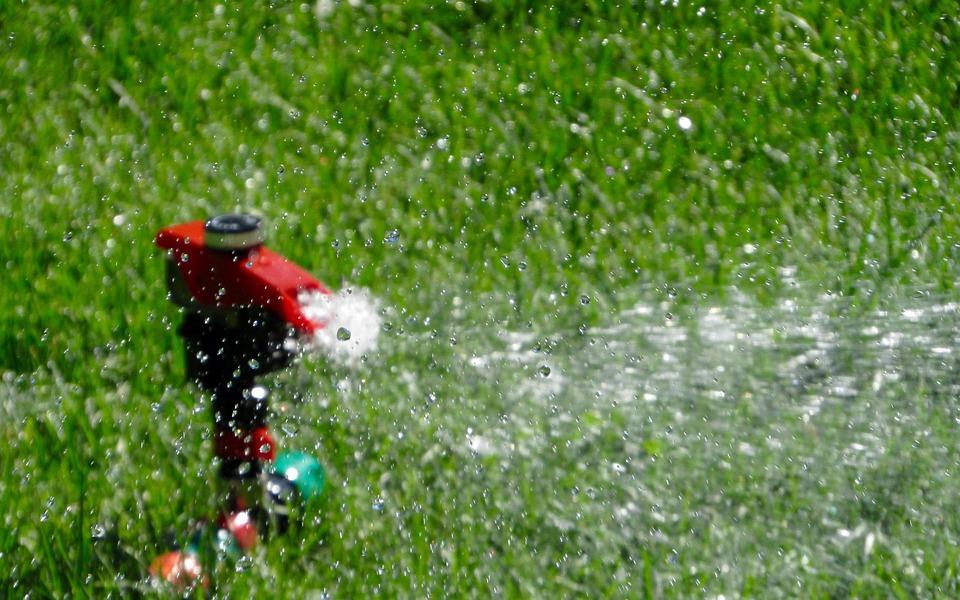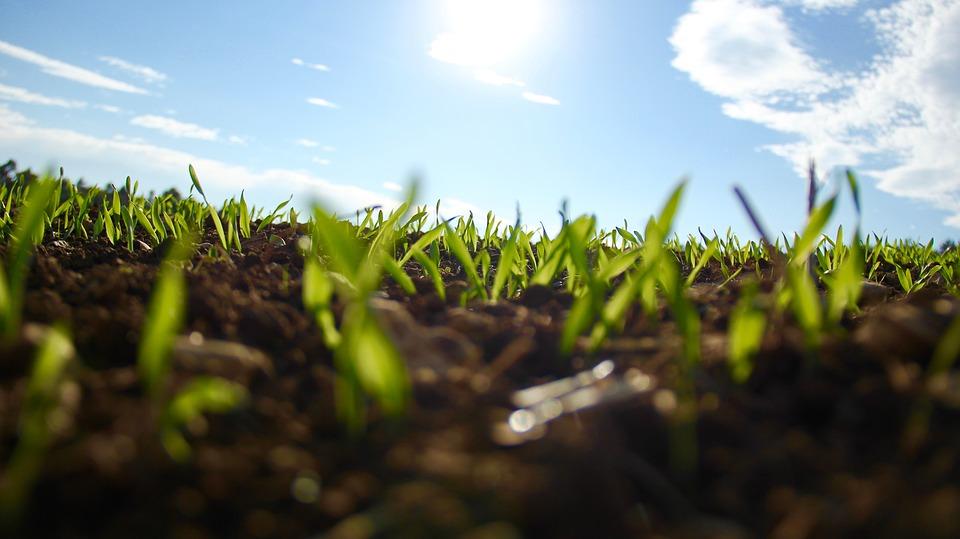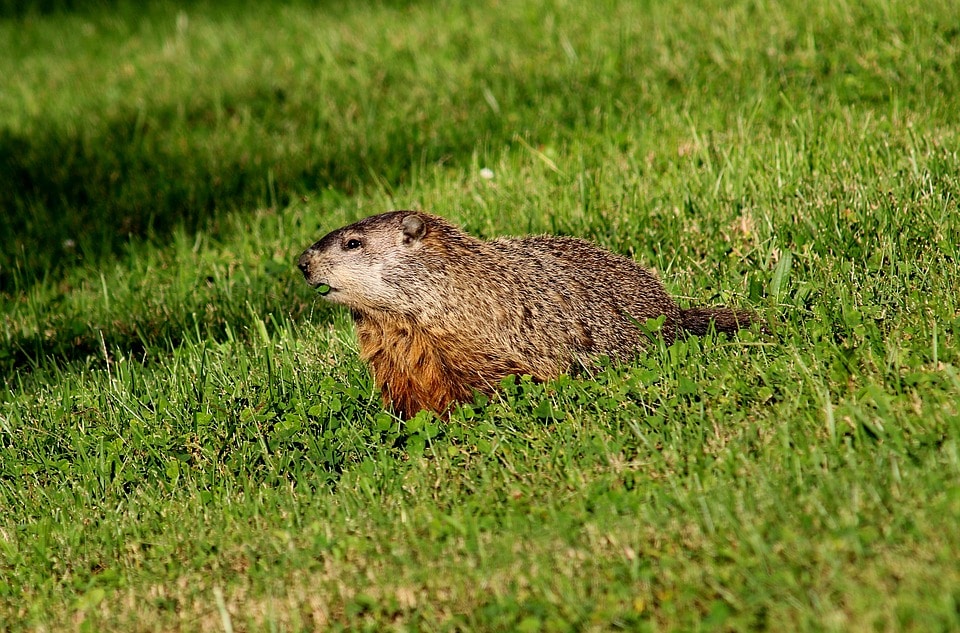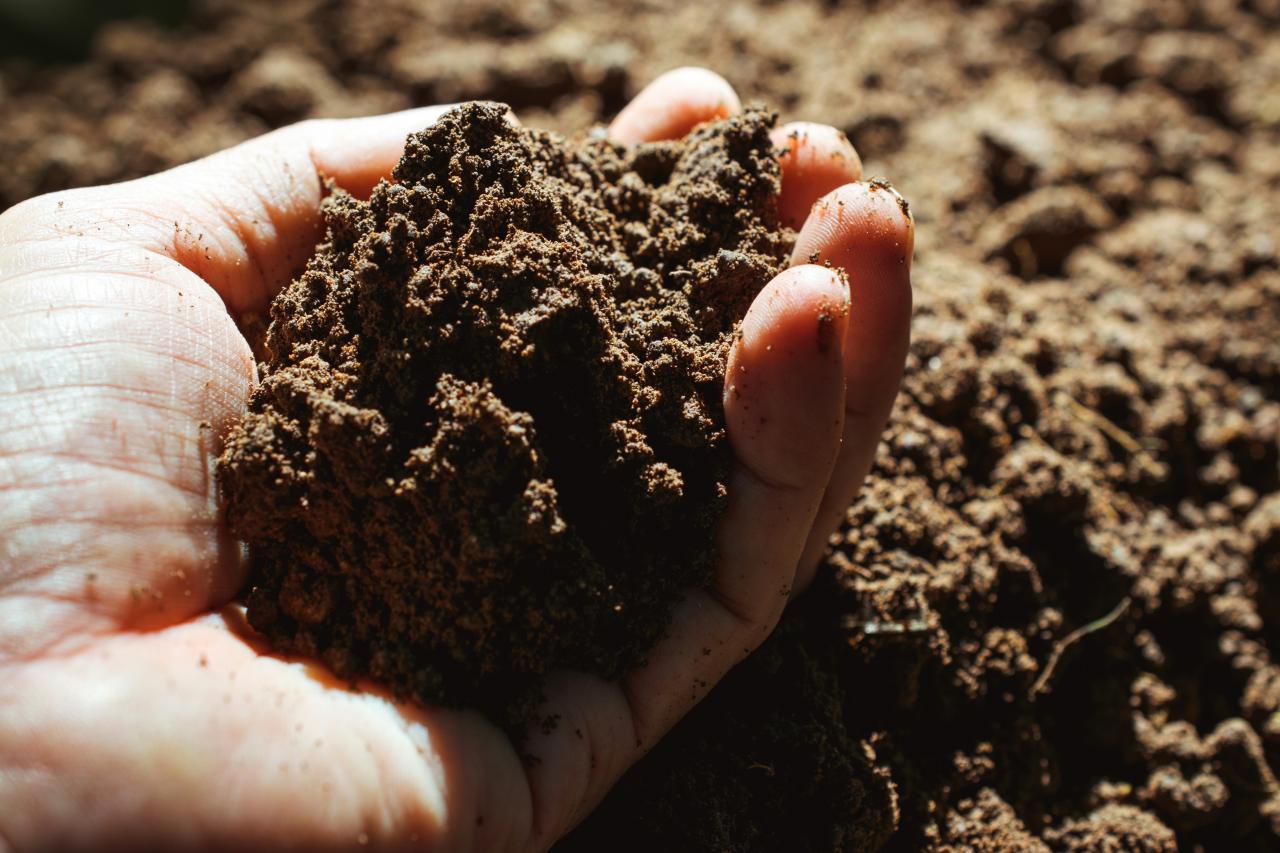Darlene Hofmeister volunteers as our guest blogger. She is a lifelong gardener, and is a Master Gardener through Penn State Cooperative Extension’s program. Her love of education and desire to share knowledge with others continues past her 35-year teaching career. We are thrilled to have her share her insights about gardening and hopefully help many new to gardeners avoid costly mistakes! Thanks Darlene!
The year was 1979. My husband and I had just moved into a newly built house on property that we had cleared. I was finally able to have some flowers of my own. I went to the neighborhood garden center and purchased one each of several perennial plants that looked pretty on the tags. I had heard that mushroom soil was good for growing so I mixed some mushroom soil into the rocky ground around my house. I planted the plants and waited for the beauty to occur. Somehow the garden didn’t look the way I had imagined. So, in subsequent years I bought more attractive plant varieties and filled them in where others had not “made it” previously. Many years and probably thousands of dollars later, I still didn’t have a desirable garden.
Find out what your soil needs – take a soil test.
What I Wish I Had Known
Soil Testing – Had I completed a soil test, I would have known that my soil might not be providing the best home for my plant choices. It is extremely helpful to know the pH of your soil along with nutrient availability or deficiency. Conducting a simple soil test is the way to go! Use fertilizer according to soil test indications and select plants for your soil type. Read more – The Importance of Soil Testing in Your Landscape Plan.
Watering Needs – As my garden size increased, so did the amount of time needed for watering. I realized that I wasn’t willing to drain my well or spend several hours per day watering. Most garden plants need about 1” of water per week. Less frequent, deep watering is recommended. In addition, the hotter and drier the air, the more often you will have to water. Drought tolerant plants can be a good choice if you are not able to provide extra water during dry times. And of course, I didn’t consider the fact that rainfall requirements and drainage depend on soil type. Sandy soils lose moisture much quicker than clay soils, for example.

Water plants deeply and less often.
Light Requirements – Who knew that full sun means 6 hours of unfiltered light per day during the summer growing season? Studying the amount of sun and shade in your garden plot hour-by-hour is a good way to determine light conditions. Select plants that require conditions similar to those in your garden.
Native Plants – Most of the plant selections I had made were exotic plant choices. (Exotic plants are those grown outside of their natural geographic range.) What I didn’t realize was that native plants grow well in a geographic region for a reason. They can be relied on for cold and heat tolerance, will fit moisture conditions, and provide nectar, pollen, and insect benefits for our wildlife. Most native plants do not require fertilizing! Read more – What’s All the Buzz about Native Plants?
Where to Find Plants – One of the biggest mistakes I made was to dig up “pretty” plants from the woods, creeksides, or roadsides and introduce them to my property. DON’T!! I will be forever fighting to rid my property of invasive plants that have overtaken because I introduced them into my garden. Also, collecting from the wild can cause depletion of native species and disruption of the ecosystem. Sometimes friends will share plants, which is great, but be sure they fit your environment and needs. The best place to find plants is your local garden center. Ask for nursery propagated plants. By the way, bargain plants generally have a lower rate of survival, so actually end up costing more!

Full sun means 6 hours of unfiltered light per day.
Invasives – My habit of buying inexpensive plants is one of the most regrettable practices I followed. Some of the cheaper varieties found at garden centers can be invasives. (Invasive plants are non-native or alien to the local ecosystem whose introduction to the landscape are likely to cause economic, environmental, or human health harm.) Yes, they can be beautiful and can fill-in a new garden quickly, but can overtake a space. Invasives are very difficult to control because they can often reproduce in several ways and have few natural enemies. Some invasives found in our area include English ivy, yellow iris, wineberry, purple loosestrife, ornamental bittersweet, and mile-a-minute vine. Further information can be found through the PA Department of Natural Resources at http://www.dcnr.state.pa.us/forestry/plants/invasiveplants/.
Animals – Another battle I had was with the rabbits, groundhogs, and deer. Some of my “pretty” plant choices were delectable to the local wildlife. I spent time and money replacing those most nibbled until learned to make wiser plant choices. While you can never truly animal-proof your flower garden, there are many plant choices which deer and rabbits find to be relatively unpalatable.
In the end, I learned that gardening can be a very rewarding and enriching experience, especially with a little knowledge so common pitfalls and costly mistakes can be avoided!
If you’re looking for a beautiful landscape, but don’t have the time to commit to making it happen, let us help you design and maintain the perfect landscape to fit your needs. Whitehouse Landscaping has a comprehensive knowledge of plants so that you get the right plant that grows to the right size for the right place in your garden. Our landscaping and maintenance experience can help bring a plan to life that is pleasing to the eye, functional and sustainable. Call us at 484-300-4290 or fill out a contact form on our website to see how we can help you with your landscape needs.


